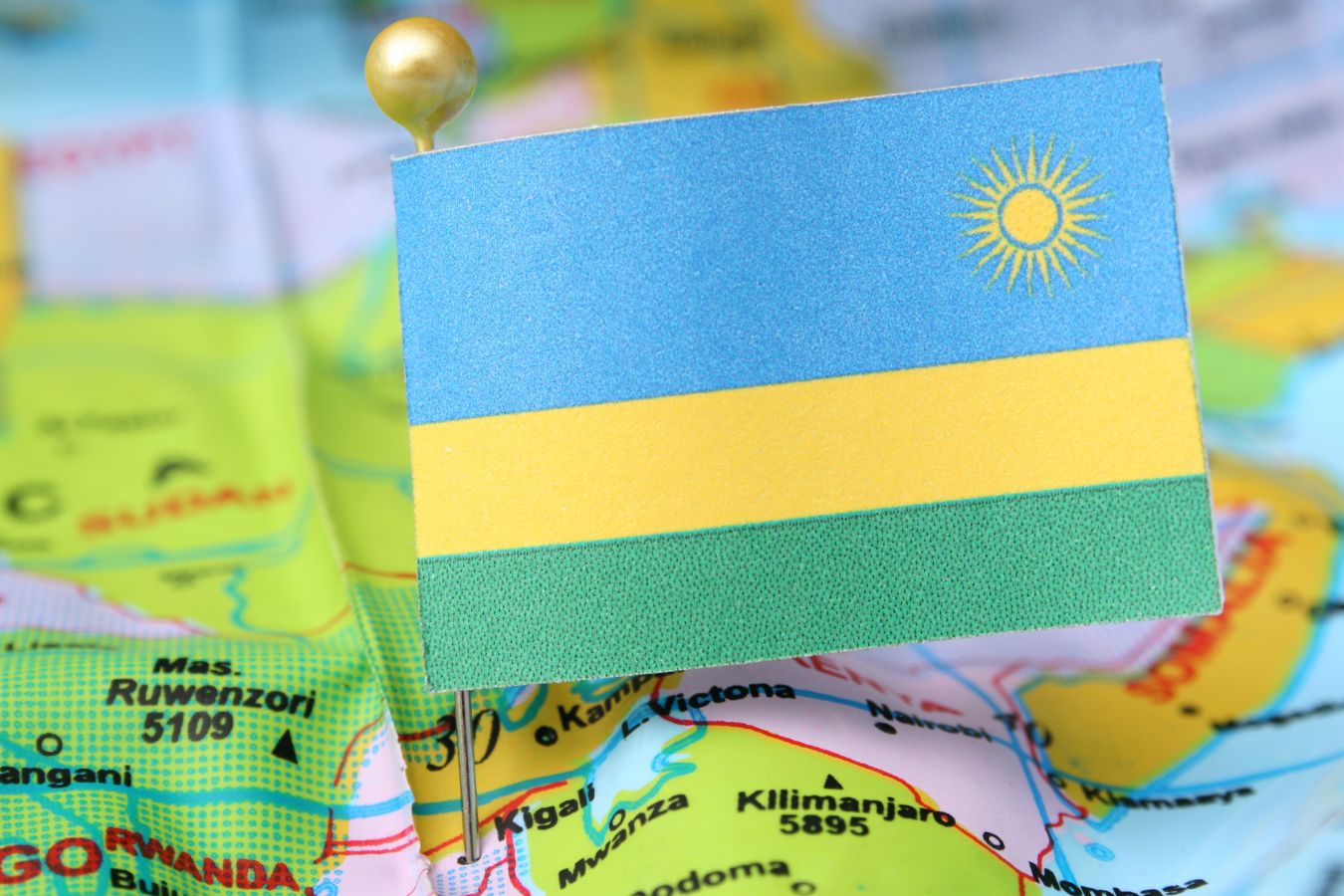
Rwanda? Coffee was first brought to Rwanda by German missionaries in 1904, but the country did not produce enough to sell until 1917. The League of Nations mandate stripped Germany of its colonial power over Rwanda after World War I and turned it over to the Belgians. This is why most Rwandan coffee has been exported to Belgium in the past.
The first coffee trees were planted in the Mibirizi mission in Cyangugu province, where the first Rwandan coffee variety, a spontaneous mutation of Bourbon, was named after it. Coffee cultivation gradually spread throughout the Kivu region, and then the entirety of Rwanda. Coffee became a mandatory crop for many producers across the country in the 1930s, reflecting the Belgian colonial strategy in Burundi.
Belgian exports were closely regulated, and growers were subjected to heavy levies. As a result, Rwanda began to produce large quantities of low-quality coffee that were sold at low costs. The fact that Rwanda exported so little coffee, on the other hand, gave it an outsized influence and a sense of importance to the farmers. There was very little infrastructure in place to enable the manufacture of high-quality coffee, including no washing stations.
Coffee had become Rwanda’s most important export by the 1990s, but the decade’s events would demolish the business. Nearly one million people were killed in the country’s widespread genocide in 1994, which had a huge impact on the coffee business. This was exacerbated by the fact that global coffee prices had dropped to an all-time low.
THE IMPORTANCE OF COFFEE IN RWANDA’S RECOVERY
As Rwanda regained its footing following the genocide, coffee became a symbol of hope. The coffee industry received a lot of attention as international help and interest poured in. Washing stations were constructed, and a concerted effort was made to produce higher-quality coffee. The government has taken a more open stance toward the coffee trade, and specialty coffee buyers from all over the world have expressed considerable interest in the country’s coffees. Rwanda is the only African country to organize a Cup of Excellence tournament, an initiative that seeks out the best lots and sells them through an online auction system.
With the help of the US Agency for International Development, the first washing station was established in 2004. (USAID). Many more followed, and the number of operations has increased substantially in recent years, with around 300 currently in operation. PEARL (Partnership for Enhancing Agriculture in Rwanda via Linkages) was a huge success in terms of spreading knowledge and training young agronomists. It has since evolved into the SPREAD project (Sustaining Partnerships to Enhance Rural Enterprise and Agribusiness Development), with both initiatives focusing on the Butare region.
Rwanda is regarded as the “Land of a Thousand Hills” and has the altitude and climate to produce excellent coffee. However, broad soil depletion remains a problem, and transportation remains a challenge, often adding a significant cost to product prices.
When global coffee prices rose in 2010, Rwanda (and much of the rest of the world) struggled to find sufficient incentives to maintain excellent quality. When the market pays high prices, there is no reason to invest in improving quality because even low-quality coffee is profitable. Rwandan coffees, on the other hand, have recently been of exceptional quality. Rwanda grows and exports a tiny amount of Robusta coffee, but its main crop is completely washed Arabica.
THE PROBLEM WITH POTATOES
This is a unique and rare flaw found only in Burundi and Rwandan coffees. It’s caused by an unidentified bacteria that enters the cherry’s skin and produces a noxious toxin. When roasted and ground, af cited beans have an unmistakable and pungent perfume that is hauntingly similar to the smell of peeling a raw potato. Because this issue only affects specific beans, seeing it in your coffee does not necessarily mean the entire bag is spoiled, unless it has been completely ground.
Eradication is a difficult task. It’s impossible for a coffee roaster to detect it before roasting because it’s undetectable until post-harvest processing is completed. It’s difficult to notice until a bean with the fault is ground, even after roasting. During the processing of the cherry, some effort can be done to identify those that have had their skins damaged and are likely to be tainted. To remove this flaw, work is being done both on the ground and at the scientific level.
Rwandan coffees can usually be traced back to washing stations and the numerous farmer cooperatives and farmer organizations that supply them. Because each producer owns an average of only 183 trees, it is impossible to discover a coffee that can be traced back to a single grower.
GROWING REGIONS
Population: 11,920,000
Number of 60kg (132lb) bags in 2016: 220,000
Coffee is grown across the whole of Rwanda, without specific geographic zones of constriction. Roasters may use the name of a district along with the name of the washing station or farmer group.
SOUTHERN AND WESTERN REGION
Some stunning coffees come from this part of the country. Production seems particularly focused around the mountainous Huye region, the Nyamagabe region, and the Nyamasheke region on the shores of Lake Kivu.
Altitude: 1,700–2,200m (5,600–7,200ft)
Harvest: March–June
Varieties: Bourbon, Mibirizi
EASTERN REGION
The altitude in the east of the country is not as high as in other regions, but great coffees are being produced in Ngoma and in Nyagatare in the extreme northeast.
| Altitude: | 1,300–1,900m (4,300–6,200ft) |
| Harvest: | March–June |
| Varieties: | Bourbon, Mibirizi |